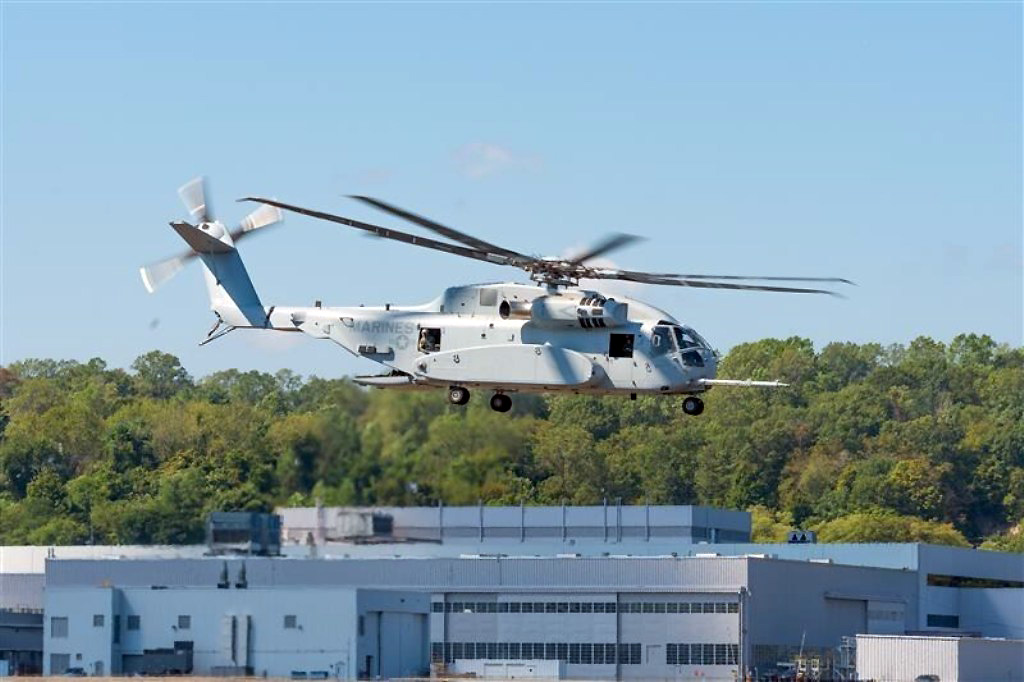Understanding the Tensions Around the Panama Canal: A Closer Look at Recent Developments
Introduction to the Situation
In a recent diplomatic moment that sparked considerable attention, U.S. Secretary of Defense Pete Hegseth visited Panama City to reaffirm the United States’ respect for Panama’s sovereignty, particularly concerning the Panama Canal. This visit came in light of President Donald Trump’s controversial statements regarding the canal, which raised eyebrows and concerns both here at home and internationally.
The Historical Context of the Panama Canal
The Panama Canal has long been a symbol of U.S. influence in Latin America. Originally constructed with U.S. support in the early 1900s, control of the canal was officially handed over to Panama in 1999. This landmark transfer marked the end of a significant chapter in American interventionism in the region. The sensitivity surrounding the canal is deeply rooted in its historical significance and the memories associated with foreign control, particularly the American military presence that once dominated the landscape.
Statements of Sovereignty
During his press conference, Secretary Hegseth sought to clarify any misunderstandings arising from differing interpretations of joint statements between the U.S. and Panama. While Panama’s version explicitly referenced its sovereignty over the canal, the U.S. statement notably omitted this crucial aspect. Instead, it emphasized collaboration through Panama’s constitution, which embodies its governance over the waterway.
Hegseth insisted that the U.S. respects Panama’s rights, a statement echoed by Panama’s Minister of Public Security, Frank Abrego. The nuances in the two statements led to concerns that the U.S. might be attempting to undermine the agreements made during the 1999 handover.
Trump’s Reclamation Rhetoric
Of particular concern are President Trump’s repeated remarks suggesting that the U.S. would "reclaim" the canal. This notion seems to insinuate a shift away from recognizing Panama’s sovereign rights, thus inciting fears of a return to past dynamics of dominance and control. In one address to Congress, Trump claimed the U.S. was already in the process of "reclaiming" the waterway, a language that went unchallenged until Hegseth’s recent visit aimed at calming tensions.
In response to the President’s comments, Panama’s President Raul Mulino characterized such remarks as “an insult” to his country’s dignity. This public disagreement underscores the delicate balance of power and trust between the two nations.
Collaborative Military Efforts
Despite the tensions, Hegseth’s visit was also designed to strengthen bilateral ties through increased military cooperation. He signed agreements that will allow for more U.S. troops and equipment to rotate through Panama and provide training opportunities, reflecting a commitment to a strategic partnership. However, the specifics of troop numbers and timelines were left unclear, maintained as variables contingent upon further discussion with Panama’s government.
The cooperation also extends to cybersecurity, with Panama expressing interest in U.S. assistance to safeguard the canal’s operations from modern threats such as cyberattacks.
Historical Sensitivities and Current Military Presence
The U.S. military’s historical involvement in Panama is a complex one, especially following the controversial 1989 invasion aimed at ousting Manuel Noriega. This event left lingering scars in the Panamanian psyche and established a wariness regarding U.S. military actions. Currently, American troop presence in the country fluctuates significantly, from a handful to several hundred, driven by operational needs and military exercises.
Acknowledging these sensitivities is essential for improving relations moving forward. U.S. officials emphasize that perceptions of American coercion are a "non-starter" for any discussions regarding the canal, especially in the wake of relations strained by the historical narrative.
Concerns Over Chinese Influence
The backdrop of U.S.–Panama relations is further complicated by the increasing influence of China in the region. The Trump administration has grown alarmed at what it perceives as a drift towards "China’s malign influence," particularly as China expands its presence through investment and the Belt and Road Initiative.
Panama’s recent decision to pull out of the Belt and Road Initiative—a move celebrated by U.S. officials during Hegseth’s visit—reflects a strategic repositioning that aligns with American interests. Hegseth praised President Mulino’s leadership, underscoring a burgeoning partnership that aims to counteract Chinese influence in the region.
Strategic Importance of the Panama Canal
The Panama Canal remains a critical asset, with approximately 40% of U.S. container traffic passing through it annually. Additionally, around 100 American Navy vessels utilize the canal regularly, a figure that could swell greatly in wartime conditions. Hegseth highlighted this strategic significance throughout his visit, reiterating America’s commitment to maintaining essential access to the waterway.
In light of military shifts and the ongoing threats from adversaries, the collaboration between the U.S. and Panama appears to be narrowing its focus towards a mutual understanding that values sovereignty while addressing the needs for security and stability in Central America.
Final Thoughts on Upcoming Challenges
The road ahead for U.S.–Panama relations will undoubtedly be navigated through a complex landscape of historical grievances, geopolitical tensions, and the ever-present need to foster respect for sovereign rights. As officials engage in ongoing discussions, the balance between collaboration and respect for Panama’s sovereignty will be pivotal in shaping the future of the relationship and the management of the critical Panama Canal.





